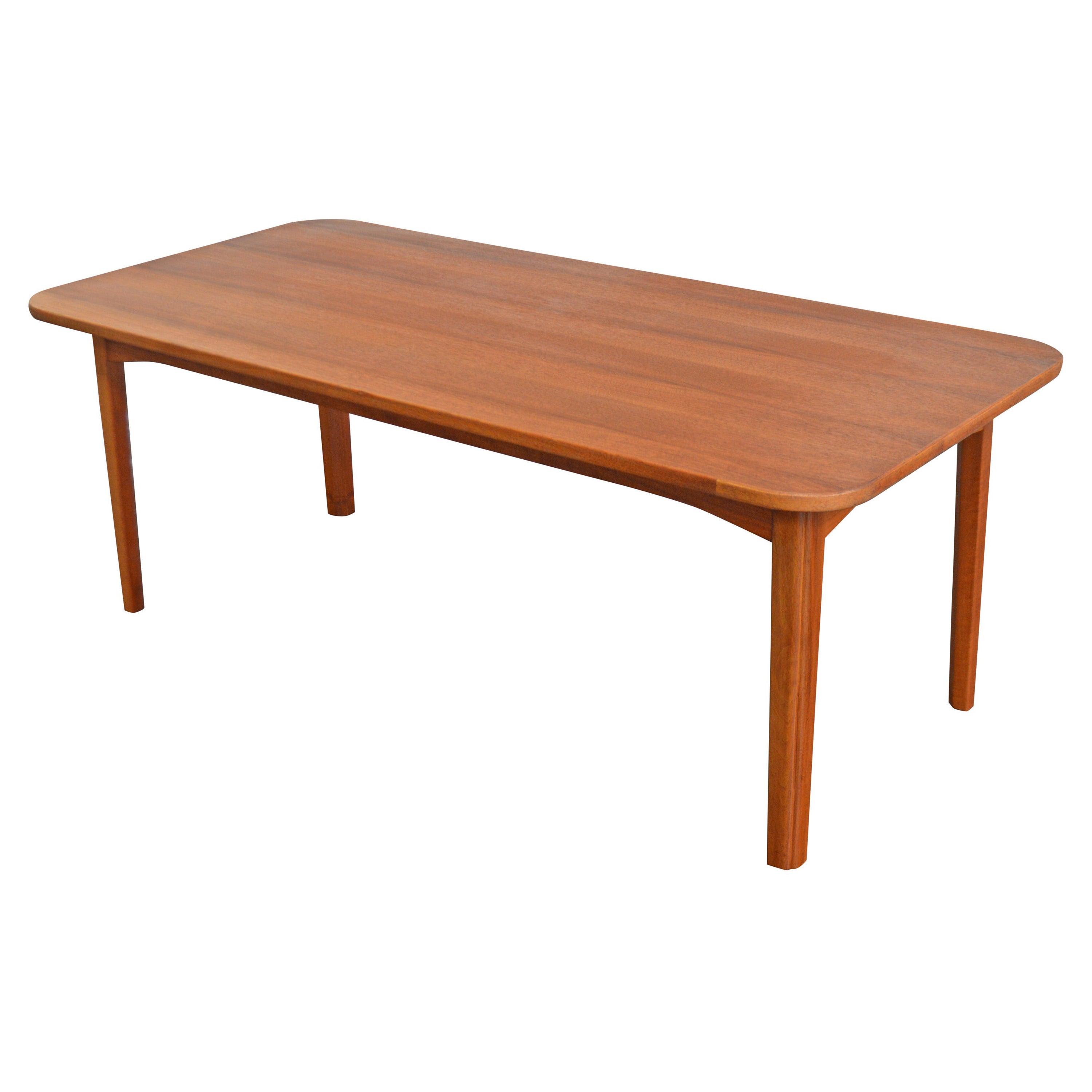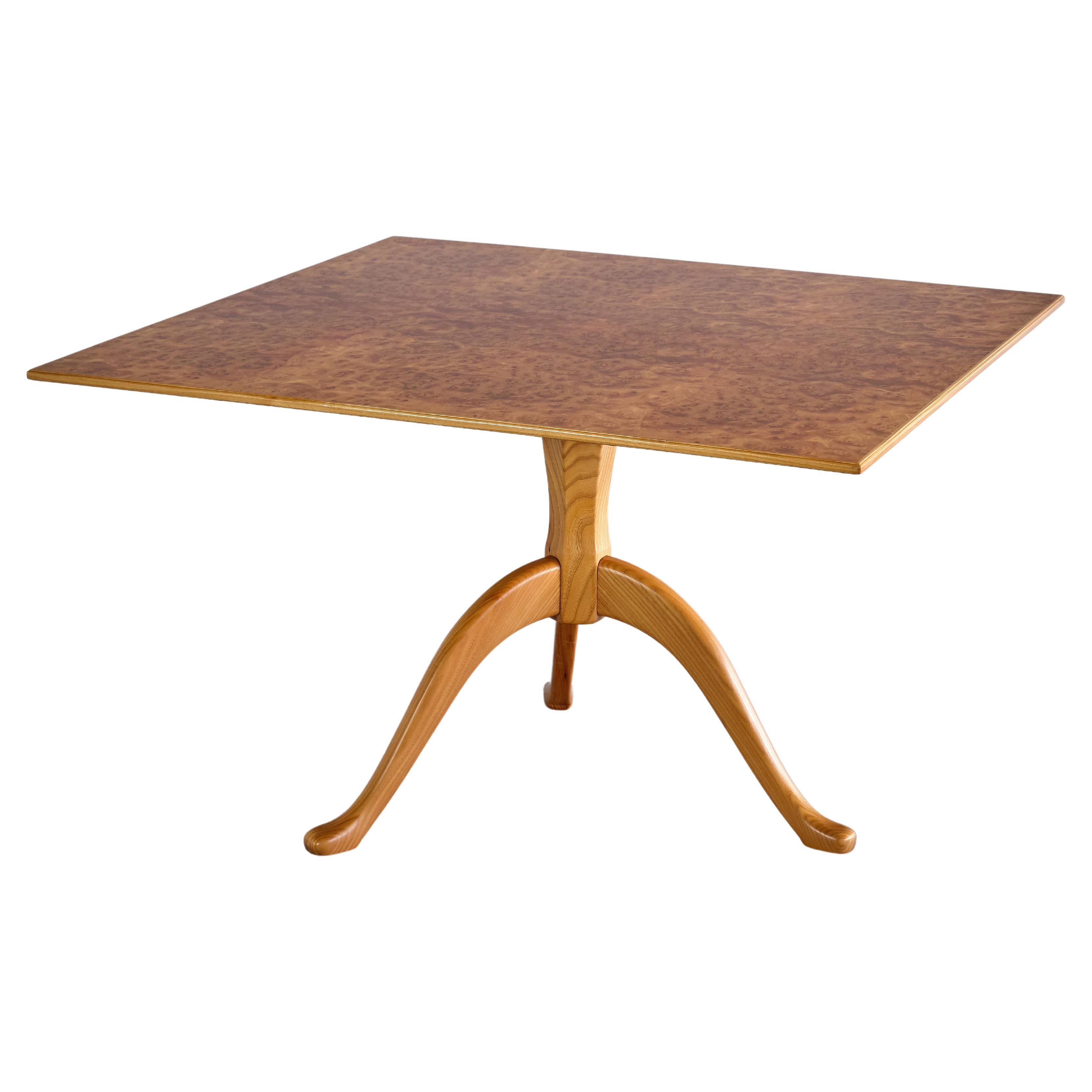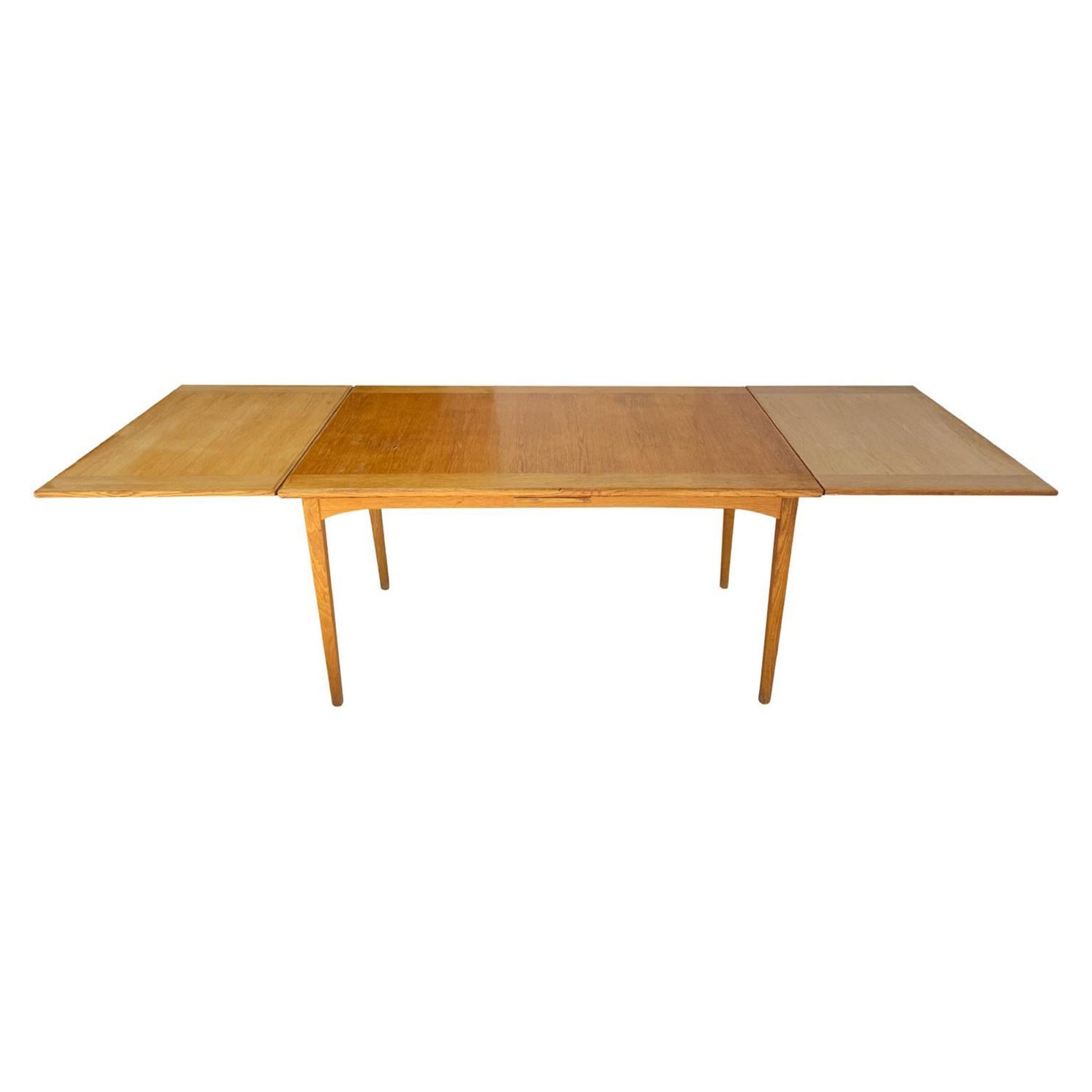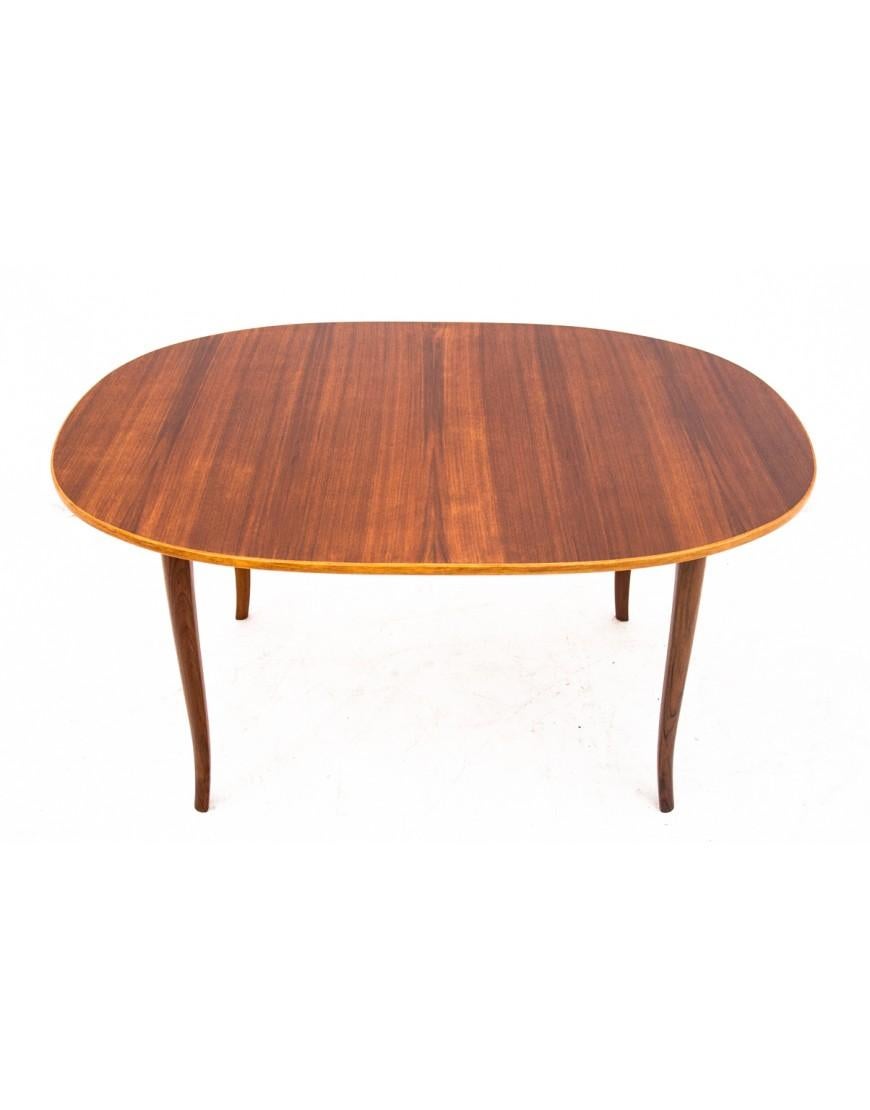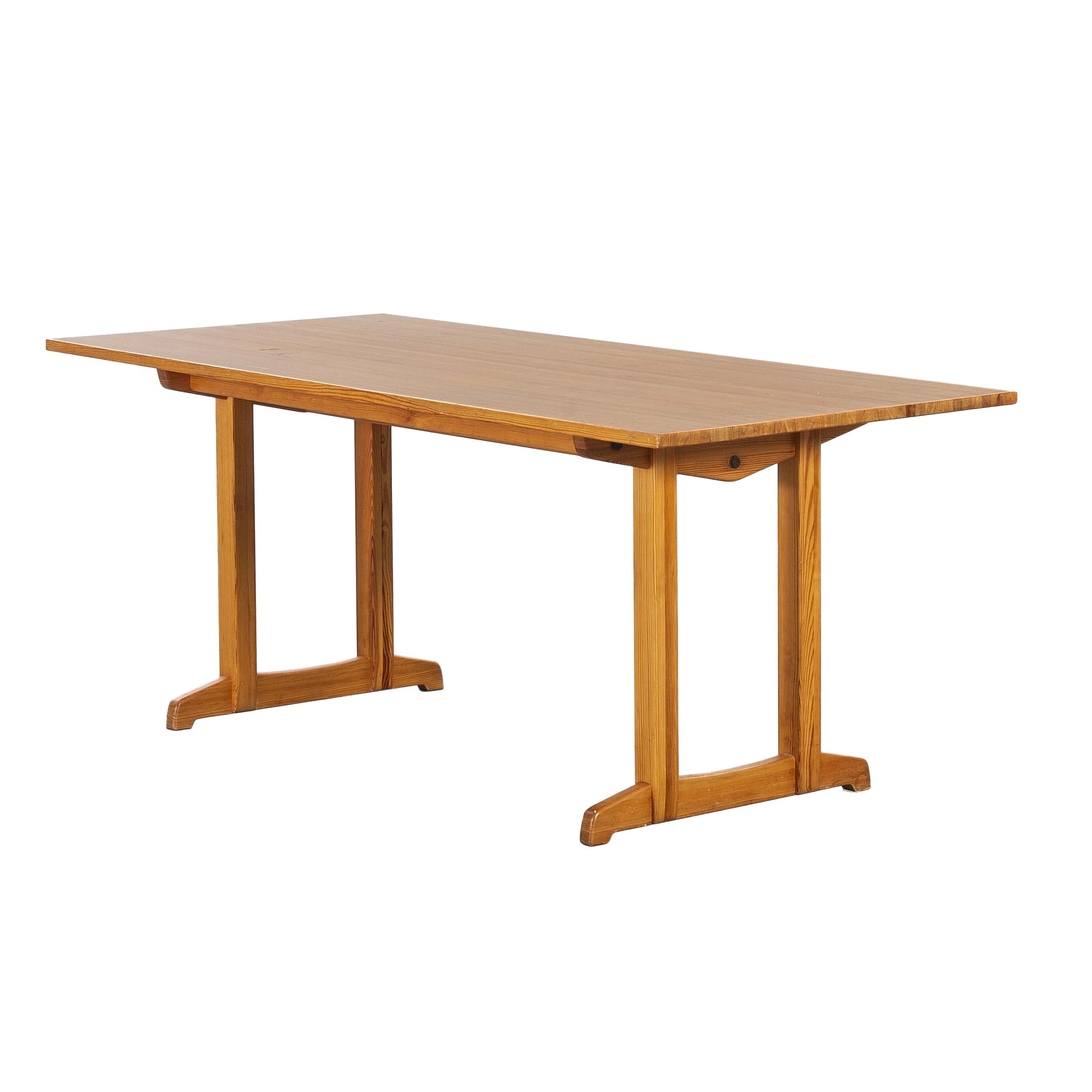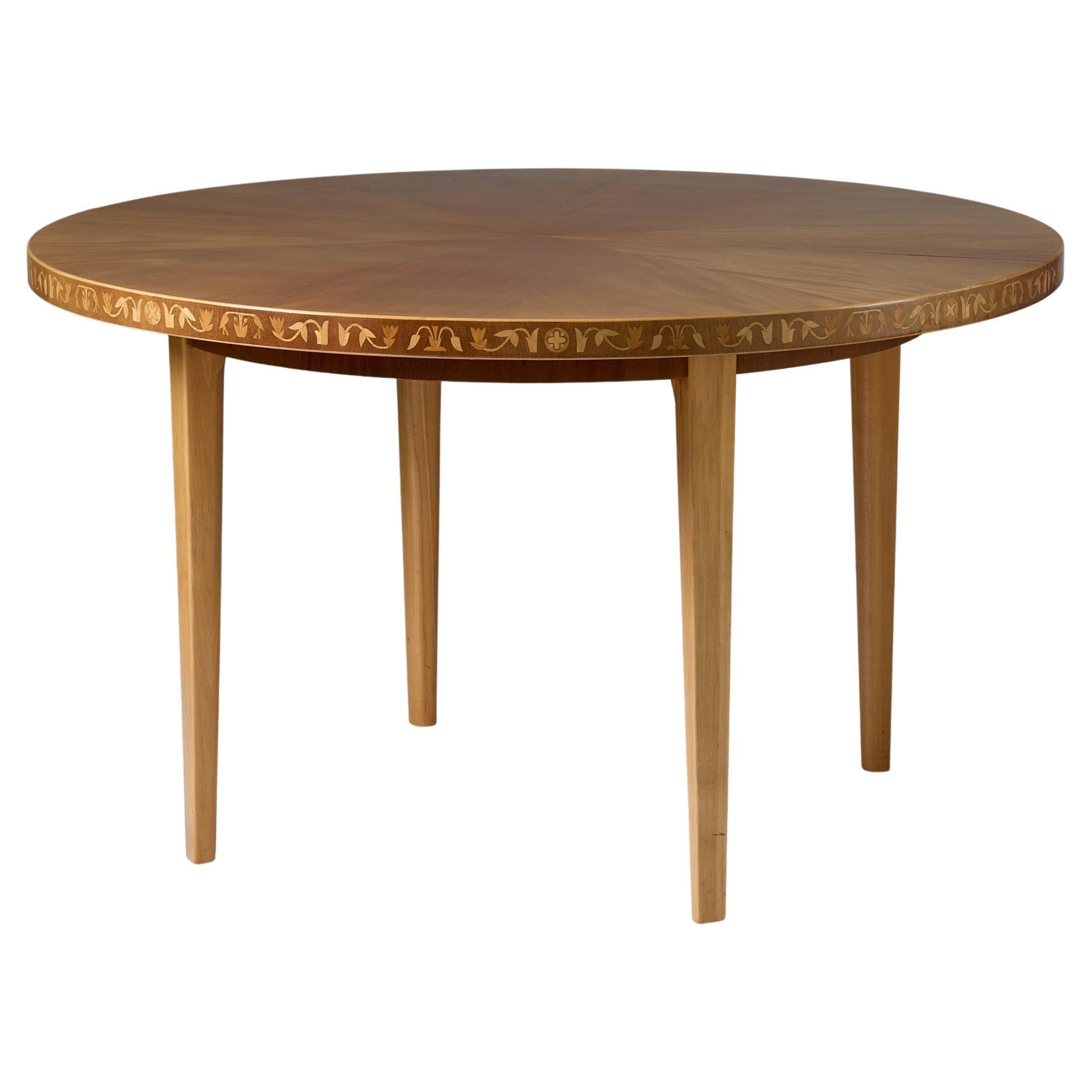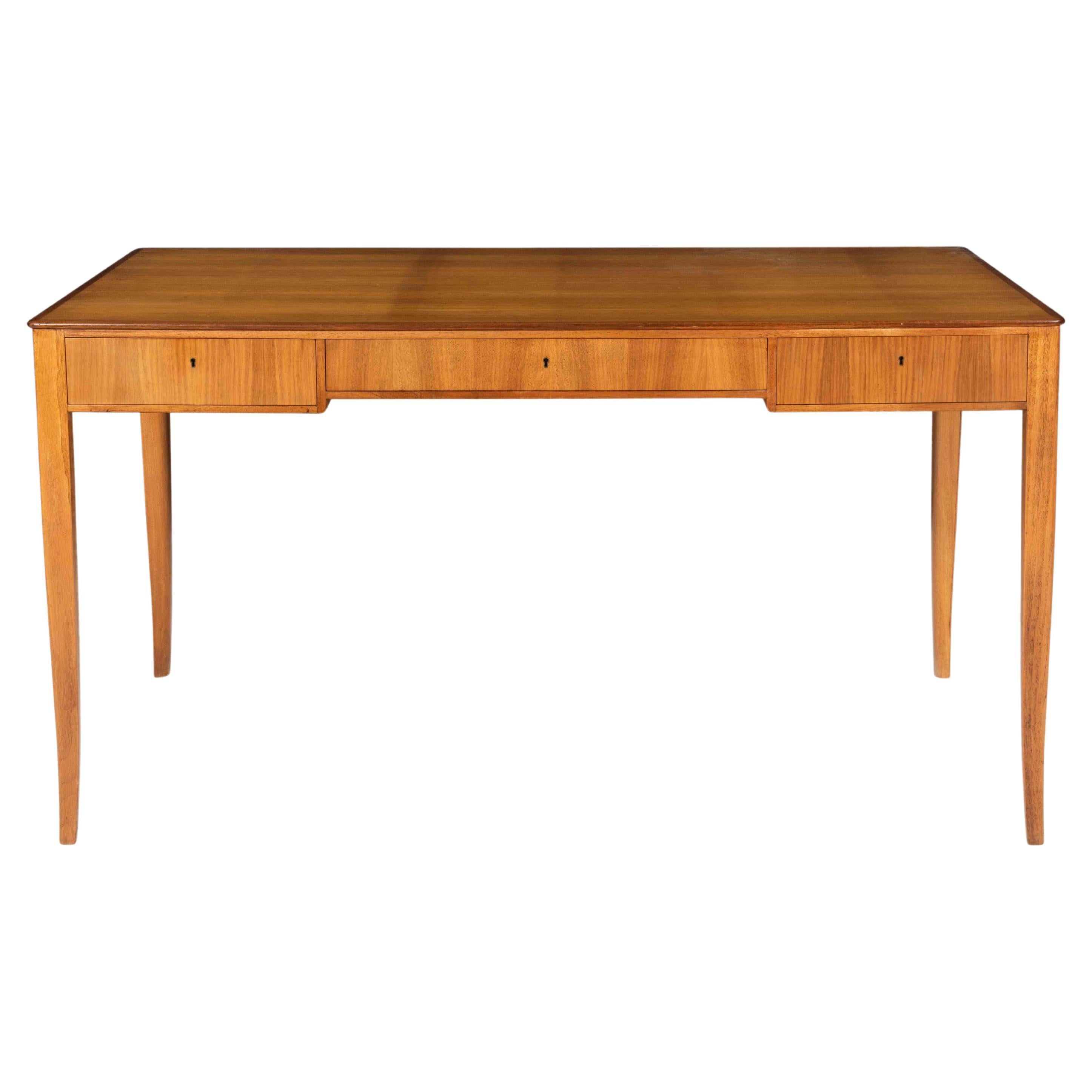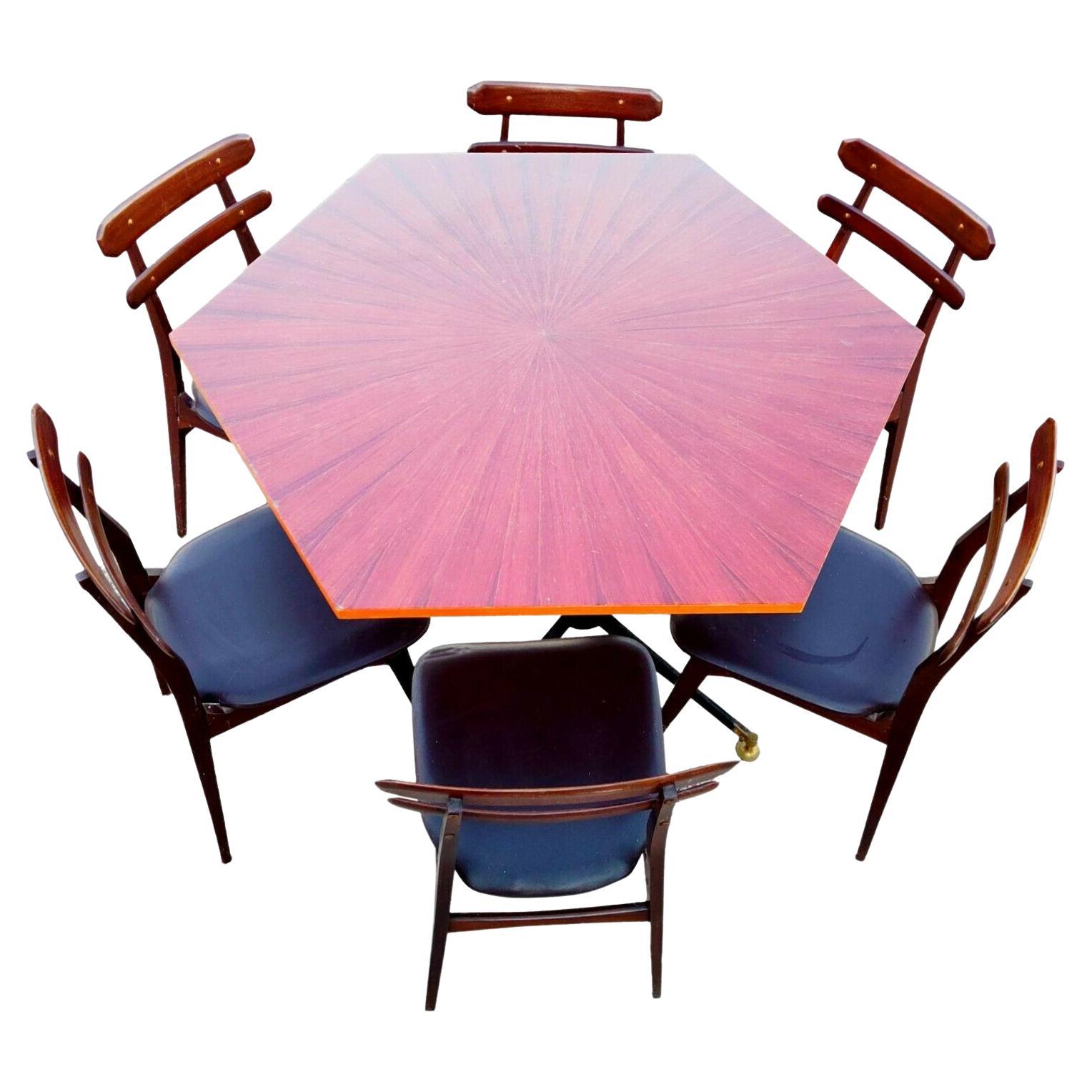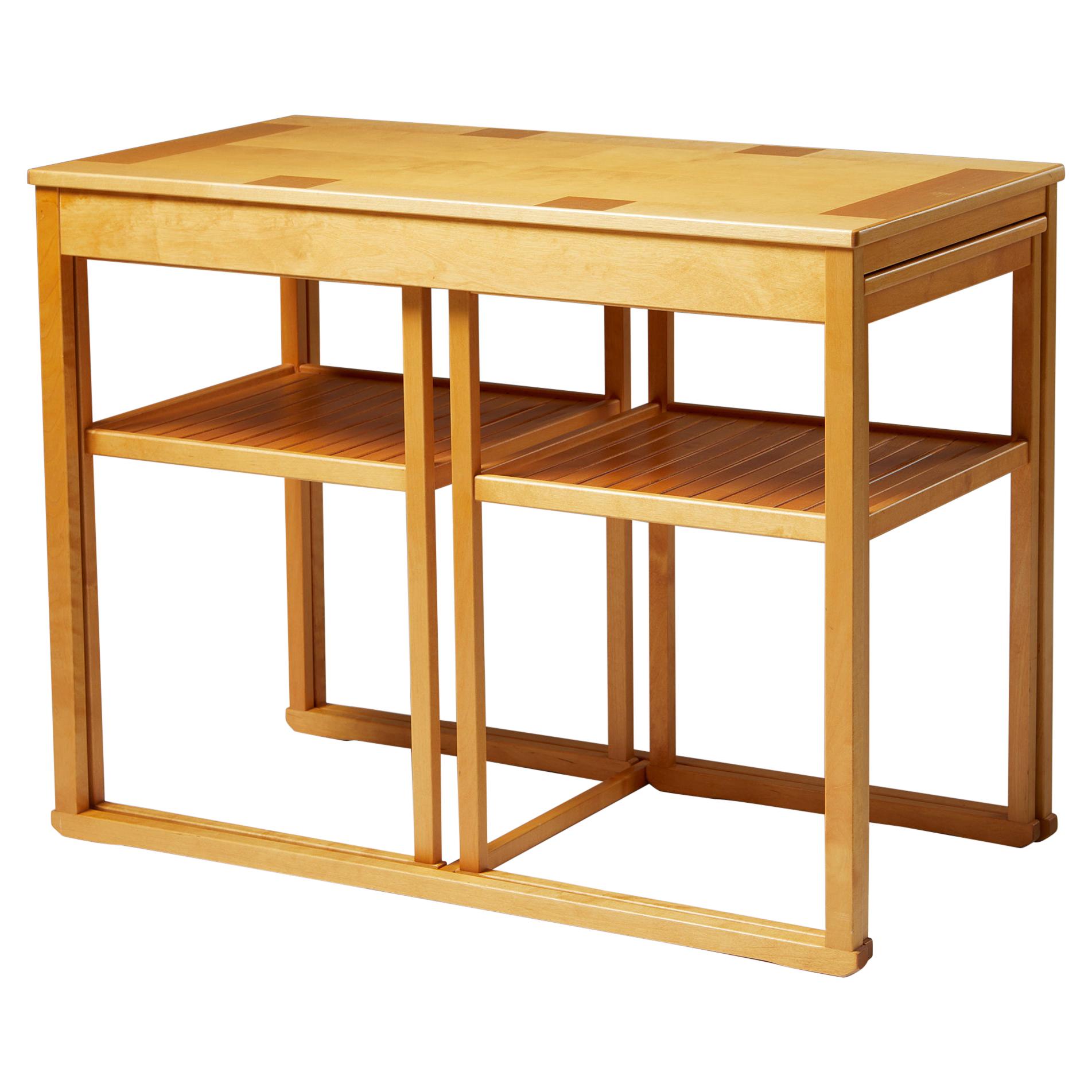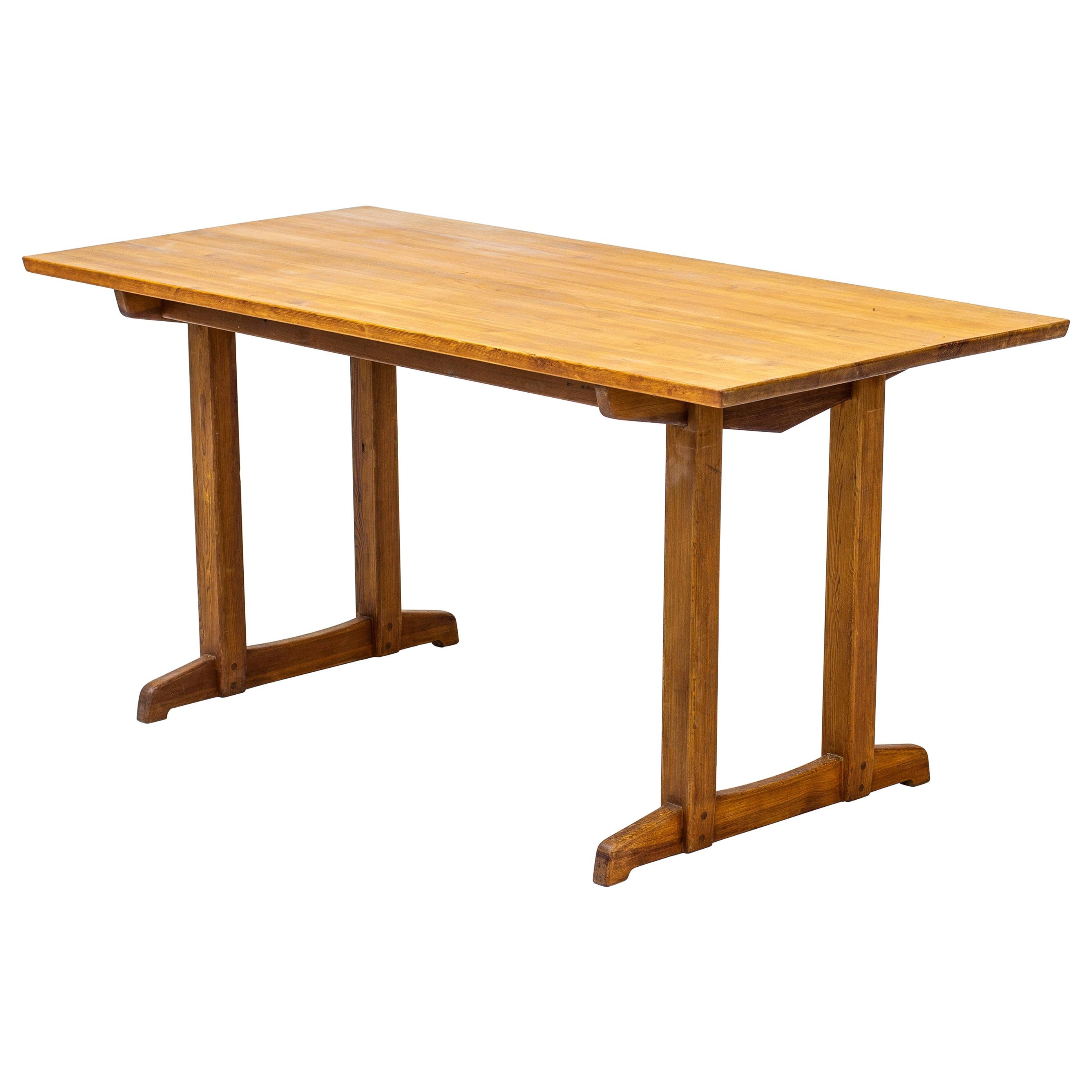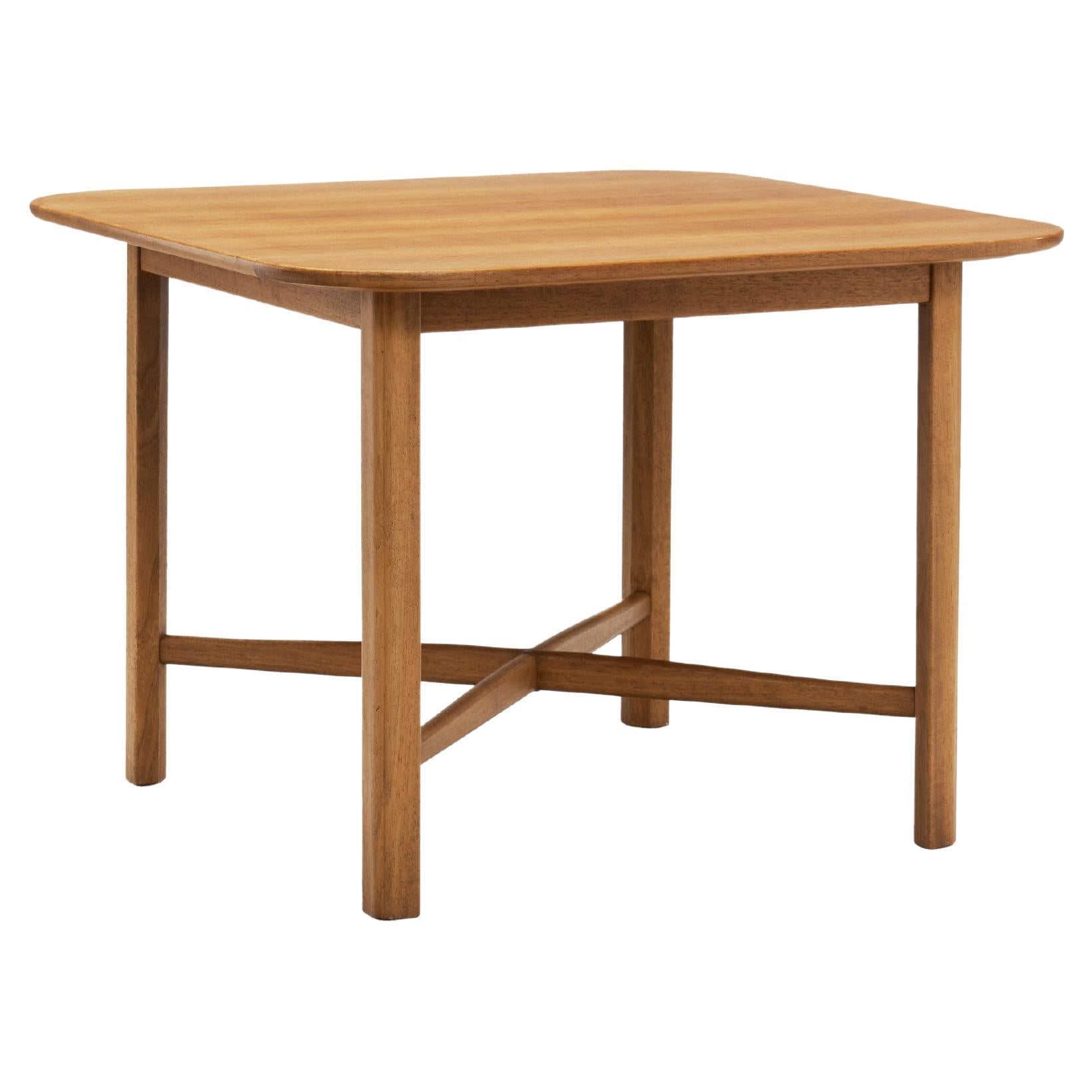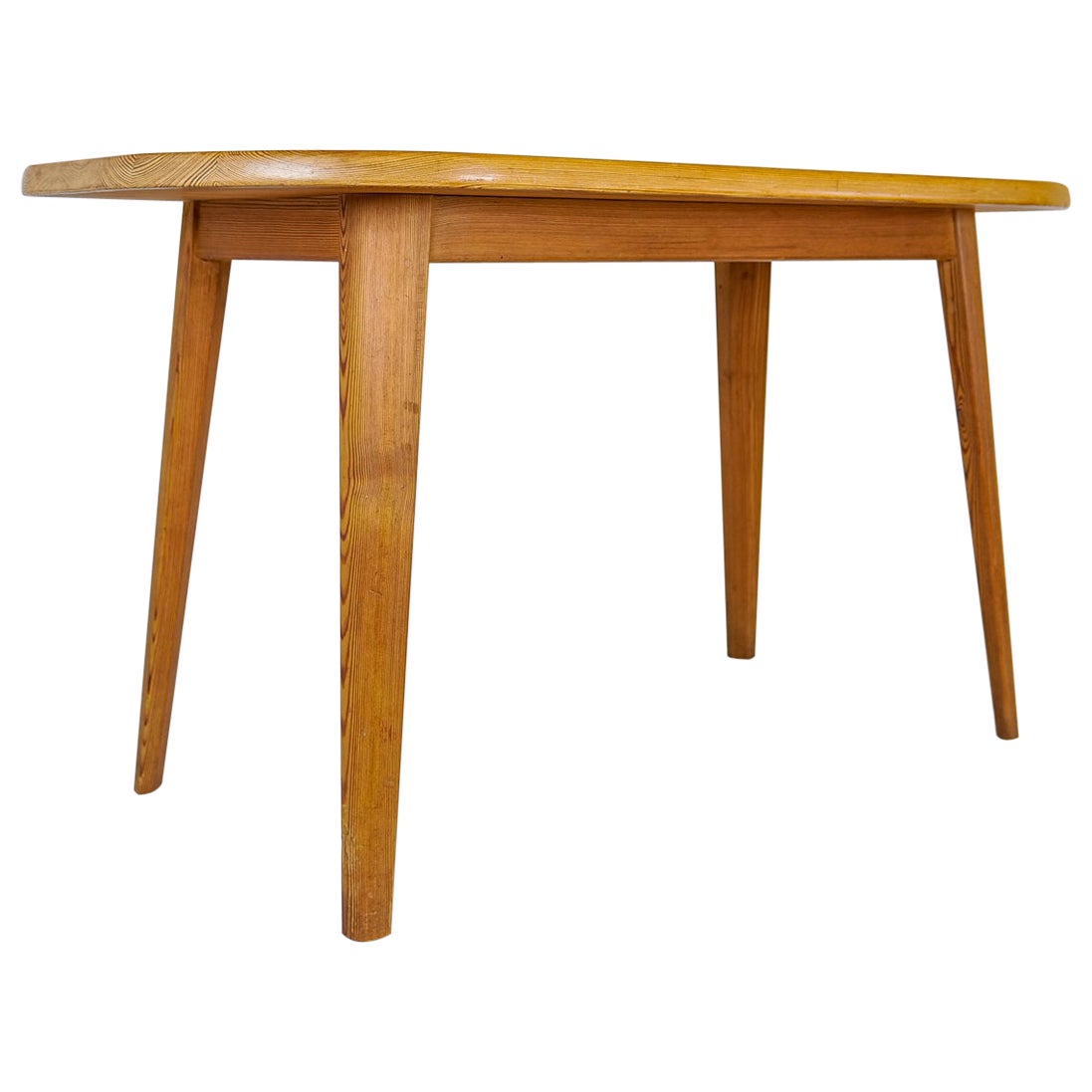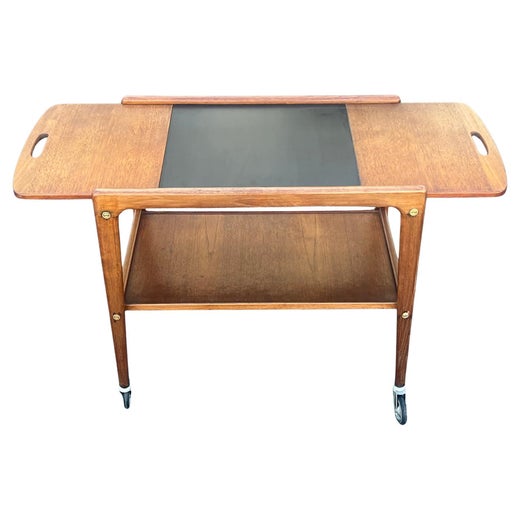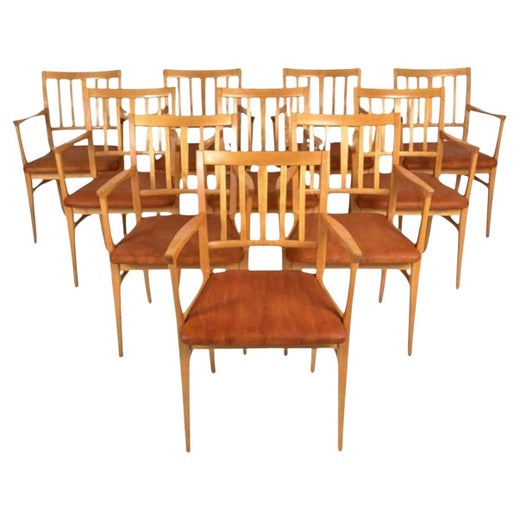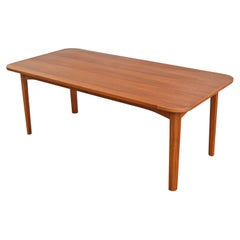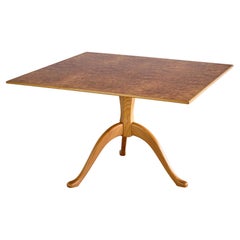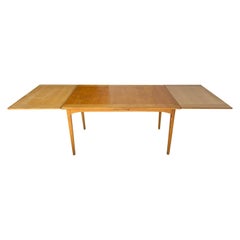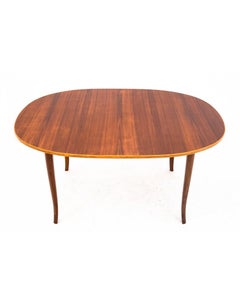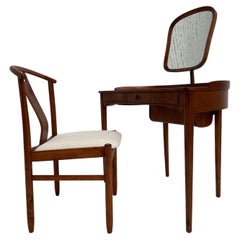
1960's Swedish Design by Carl Malmsten Brigitta Dressing Table and Chair
View Similar Items
1960's Swedish Design by Carl Malmsten Brigitta Dressing Table and Chair
About the Item
- Creator:
- Dimensions:Height: 47.64 in (121 cm)Width: 33.86 in (86 cm)Depth: 20.08 in (51 cm)
- Sold As:Set of 2
- Style:Mid-Century Modern (Of the Period)
- Materials and Techniques:Fabric,Wood
- Place of Origin:Sweden
- Period:1960-1969
- Date of Manufacture:1962
- Condition:Reupholstered. Refinished.
- Seller Location:Tourcoing, FR
- Reference Number:1stDibs: LU2470328728862
Yngve Ekström
Vintage Yngve Ekström furniture embodies the beauty and simplicity of the Scandinavian modern style. The Swedish designer, architect and woodworker created clean-lined hardwood pieces with sophisticated details and flourishes. He was known for his comfortable lounge chair designs as well as chic cocktail tables and handsome highboard cabinets.
Ekström was born in 1913 in Småland, home to Sweden’s oldest furniture factory, Hagafors Stolfabrik. After his father died, he began working at the factory. In 1945, Ekström and his older brother, Jerker Ekström, opened ESE Möbler, a furniture company headquartered in their hometown. In 1952, they received acclaim for their innovative Thema chair. The laminated veneer chair was packed flat for easy shipping so customers could assemble it at home. Ekström followed it with the 1955 Arka chair for the furniture manufacturer Stolab. A spindle backrest and spacious curved seat gave the chair comfort and style.
Ekström’s most popular design was the 1956 Lamino chair. Still in production, the minimalist wooden-frame chair features a sinuous and inviting profile with a high backrest. Looking back at his well-loved design, Ekström said: “To have designed one good chair might not be a bad life’s work.”
After Ekström’s brother left the company, he changed the name to Swedese. Ekström sold Swedese in 1974, but continued to design for it until he died in 1988. His furniture is in museum collections around the world, including the National Museum in Stockholm, the Stedelijk Museum in Amsterdam and the Victoria & Albert museum in London. In 1999, Swedish design magazine Sköna Hems named the Lamino chair the “20th-Century’s Best Swedish Furniture Design.”
Swedese, which still occupies its original building in Småland, partnered with artist Kustaa Saksi in 2017 to update the iconic Lamino chair.
On 1stDibs, find vintage Yngve Ekström seating, tables, storage cabinets and more.
Carl Malmsten
Carl Malmsten, a prominent furniture designer and educator associated with Swedish modernism, enjoyed immense popularity for his shapely sofas and armchairs in luscious color palettes. Malmsten believed that light — much like our eyes and bodies — doesn’t like to bump into sharp objects. Smooth edges, on the other hand, are kinder to the eye and and to our touch, and allow light to softly bounce off surfaces. Malmsten felt that if his furniture didn’t “serve well” in the home, it had no business being there.
Malmsten’s career essentially began in 1915, when his submissions for a competition to furnish the new Stockholm City Hall were first- and second-place prize winners. In the 1920s, his profile soared. He won a prize at the International Exhibition of Modern Decorative and Industrial Arts — the show that brought the Art Deco style to worldwide attention — and quickly became one of the most sought-after designers of commercial seating in Sweden.
Malmsten was soon contracted to design chairs, tables and other furniture for the Stockholm Concert Hall, the Swedish Institute in Rome and the Waldorf Astoria hotel in New York. His famous Art Nouveau-influenced Stadshusstolen chair, designed for Stockholm City Hall in 1916, is a highlight of the city’s recently opened Museum of Furniture Studies. Malmsten expanded into interior design and created a luxurious, well-appointed living room in the palace of then-Crown Prince Gustaf Adolf and his bride, Crown Princess Louise.
In the 1930s, Malmsten clashed with critics when he voiced his opposition to functionalism. Like Danish modernist Kaare Klint, he favored using quality local materials and prized traditional craftsmanship. Malmsten’s furniture draws on graceful neoclassical influences, and he said that extreme functionalism contributed to “sterile” interiors — while the curving contours of his work may share ground with furniture designed by Alvar Aalto or Bruno Mathsson, Malmsten differed with Bauhaus eminences and some Scandinavian modernists on their prioritization of functionalism.
For an exhibition in 1956 at the Röhsska Museum in Gothenburg, Malmsten designed furniture that was intended for mass production — and his striking designs began to make their way into middle-class Swedish homes owing to Malmsten’s partnerships with manufacturers such as O.H. Sjögren. Until then, he had built his pieces at the school he founded in the 1930s or had them made by artisans at several small local workshops.
Malmsten founded a number of schools for design and collaborated with other designers who shared his philosophy of “hand and mind in creative collaboration.” These included the esteemed textile artist Märta Måås Fjetterström, whose pieces he included in exhibits and even his own home.
On 1stDibs, find vintage Carl Malmsten seating, tables, cabinets and more.
You May Also Like
Vintage 1950s Swedish Mid-Century Modern Coffee and Cocktail Tables
Teak
Vintage 1960s Swedish Scandinavian Modern Tables
Elm, Burl
Mid-20th Century Swedish Mid-Century Modern Tables
Walnut
Vintage 1960s Swedish Scandinavian Modern Coffee and Cocktail Tables
Teak
Vintage 1960s Swedish Scandinavian Modern Dining Room Tables
Pine
Vintage 1940s Swedish Dining Room Tables
Mahogany
